Memorial Day is a sacred day when the United States celebrates the people who died while serving in our country’s armed forces.
These historic places will educate, inform and help you to reflect on our nation’s history this Memorial Day.
1Carter House Rippavilla Plantation
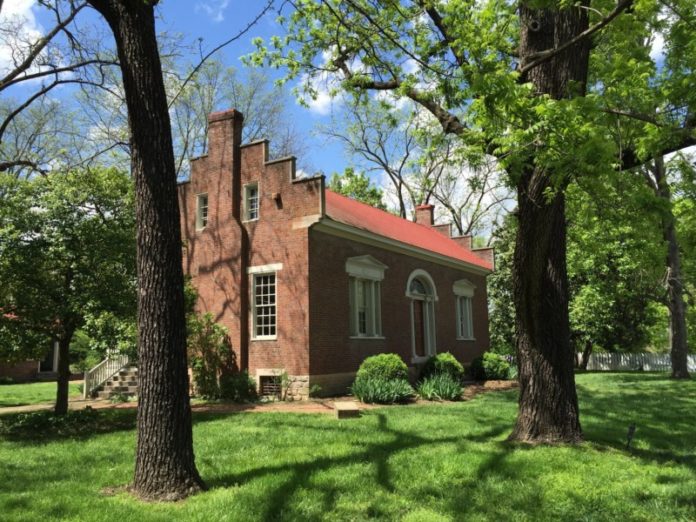
1140 Columbia Avenue|Franklin, TN 37064
boft.org/carter-house
In 1830, Fountain Branch Carter built a one-and-a-half story brick house just south of downtown Franklin for his small family. He and his wife Polly had twelve children, nine of whom reached adulthood. On November 30, 1864, the Battle of Franklin raged across the fields south of town, scarring the landscape, claiming the lives of thousands and changing life on the Carter farm forever.
2Carnton Plantation
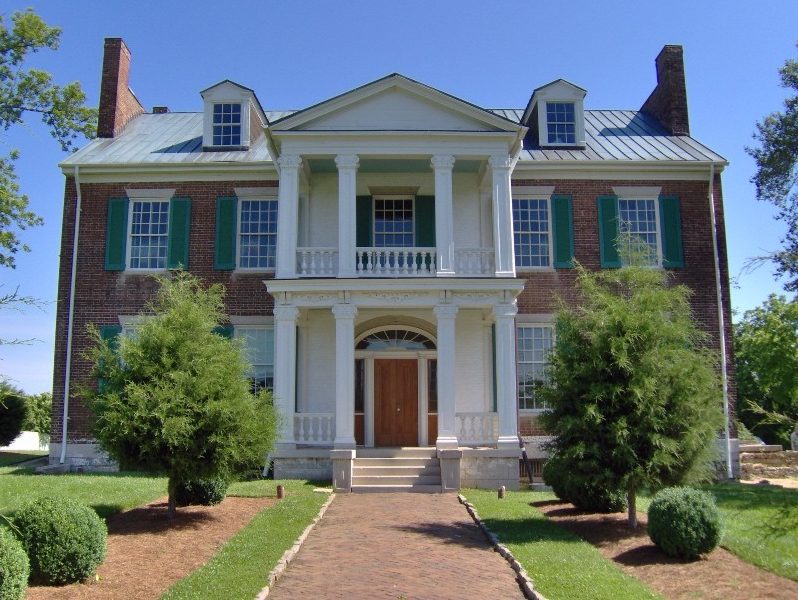
1345 Eastern Flank Circle|Franklin, TN 37064
boft.org/carnton
Just a little over a mile from The Carter House, The Carnton Plantation sits. It was built in 1826 by former Nashville mayor Randal McGavock (1768-1843). Throughout the nineteenth century it was frequently visited by those shaping Tennessee and American history, including President Andrew Jackson. Carnton grew to become one of the premier farms in Williamson County,
Before daybreak on November 30, 1864, Federal Brig. Gen. Jacob D. Cox woke the Carter family, took possession of The Carter House and made the parlor his headquarters. The fighting began at 4 pm in the waning afternoon sunlight when 20,000 Confederates attacked a similar number of entrenched Federals. The Carter family, the Lotz family from across the street, and several Carter slaves took refuge in the north room of the basement as the battle raged around their home. Carnton Plantation was witness to one of the bloodiest battles of the entire Civil War. Everything the McGavock family ever knew was forever changed. The Confederate Army of Tennessee furiously assaulted the Federal army entrenched along the southern edge of Franklin. The resulting battle, believed to be the bloodiest hours of the Civil War, involved a massive frontal assault larger than Pickett’s Charge at Gettysburg. The majority of the combat occurred in the dark and at close quarters.
3Rippavilla Plantation
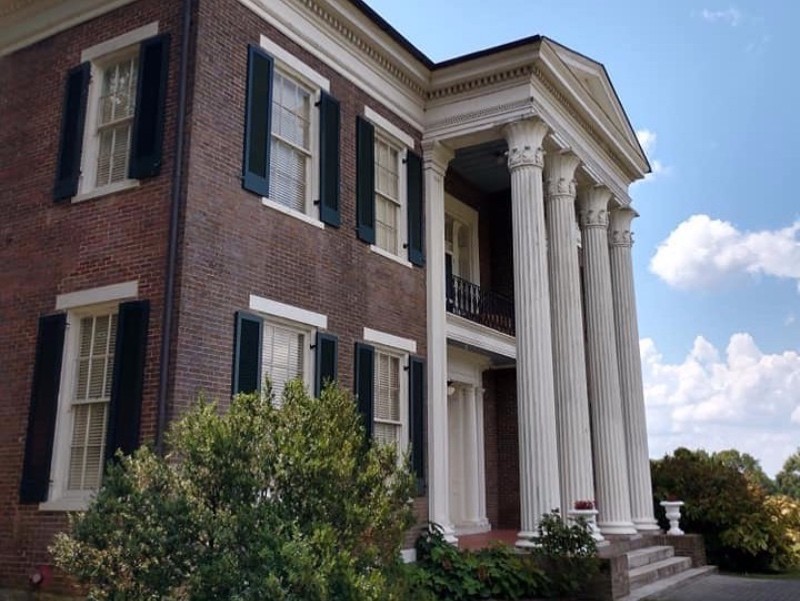
5700 Main Street|Spring Hill, TN 37174
boft.org/rippavilla
Rippavilla, built in 1855, was one of the premier farms in Middle Tennessee. On November 29, 1864, the home and the families who lived there found themselves in the middle of one of the most dramatic events of the Civil War.
On the afternoon of November 29, 1864, over 25,000 Federal and Confederate soldiers, commanded by Gens. John Schofield and John Bell Hood, respectively, converged on the small village of Spring Hill. Just before sunset, combat exploded southeast of town between elements of Gen. George Wagner’s Division, 4th U.S. Army Corps, and Gen. Pat Cleburne’s Division of Confederate troops. Several hundred men were killed or wounded during the fighting and as darkness fell, confusion and misinformation clouded further Confederate efforts. Hood’s intent had been to gain control of the Columbia Turnpike (now U.S. Highway 31) between Spring Hill and Rippavilla. Nothing went as planned.
That night Schofield’s troops, having determined that the pike was not held by the Confederates, marched north into Spring Hill, then to Thompson’s Station, and ultimately on to Franklin. Over the course of about 6 to 8 hours, Schofield slipped away with four of his divisions, totaling some 20,000 soldiers. Around 5 am on the morning of November 30, Wagner’s Division also quietly withdrew. The escape was complete.
Around dawn, Hood, who had been headquartered at Oaklawn about a mile southeast of Rippavilla, learned what had transpired. He met briefly with Gen. Frank Cheatham, and perhaps Gen. A. P. Stewart, at the Cheairs home. Shortly thereafter Hood ordered an immediate pursuit toward Franklin.
The Battle of Spring Hill was the genesis of the nightmare that unfolded on the fields south of Franklin on the afternoon of November 30, 1864, in the waning autumn light, as the American Civil War spiraled toward its violent conclusion.
4Lotz House
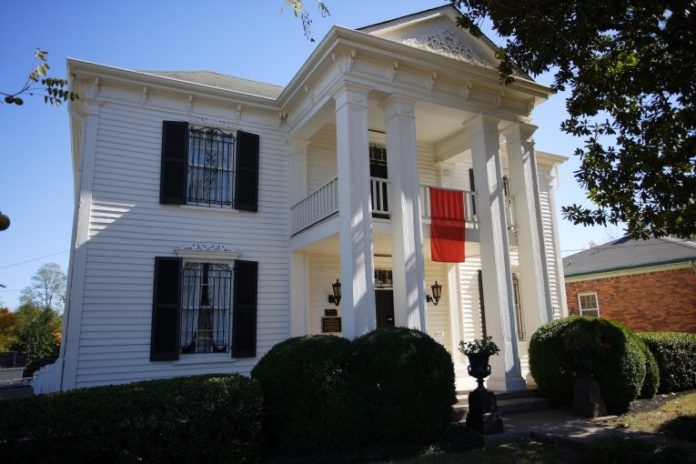
1111 Columbia Avenue|Franklin, TN 37064
lotzhouse.com
The house, which has been on the National Historic Register since 1976 is located in the heart of downtown historic Franklin, Tennessee at “ground zero” of the Battle of Franklin which was a pivotal battle in the American Civil War. On the night of November 29, 1864 approximately 25,000 Northern soldiers retreated from Spring Hill, Tennessee into Franklin, Tennessee.
These troops quickly dug protective trenches south of the Lotz House and waited to see if they would be attacked by the Confederate army. When the Lotz family awakened on the morning of November 30, in effect the Federal Line had been established in their front yard. Mr. Lotz, fearing that his family, his wife Margaretha, his sons Paul and Augustus and daughter Matilda would not survive the battle in their “wooden house,” they sought refuge 110 steps across the street in the brick basement of The Carter House. For 17 hours while the battle raged all around them, the Lotz along with 20 other people remained safe and survived.
When they exited the basement the next morning, they were horrified to see the bodies of dead soldiers six feet deep between The Carter House and their home across the street. Indeed, historians describe the fighting that took place at the Battle of Franklin and in the Lotz front yard “some of the most severe hand to hand fighting during the four year long war.” When the dust had settled the body count would be horrific. Ten thousand Americans had been killed, wounded or missing. The Lotz House served as a hospital for the wounded soldiers on both sides until the following summer.
To this day, one can step into the Lotz House and see numerous blood stains in all of the rooms. The house itself suffered severe battle damage, but as the structure served as Lotz’ “show house,” he was quick to make repairs. However, some of the battle scars remain. During the battle a solid shot cannon ball crashed through the roof, smashing into the floor of an upstairs bedroom and down to the first floor. The large repaired patch made by Mr. Lotz remains in the second floor. And on the first floor where the cannon ball finally came to rest one can clearly see where the hot lead ball first hit, burning the floor then rolled.
5Murfreesboro’s 13th Annual Healing Field
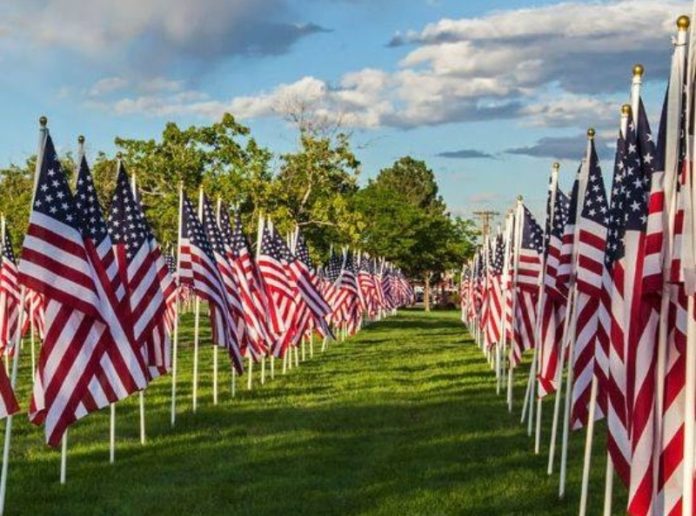
265 West Thompson Lane|Murfreesboro, TN 37129
healingfield.org/event/murfreesborotn21/
The Murfreesboro Healing Field will be held May 29 – 31 at the First United Methodist Church located at 265 West Thompson Lane in Murfreesboro. The display consists of 800 American flags in a beautiful and emotional tribute to honor our heroes. Each flag represents an individual with a story.
6Tennessee State Museum

1000 Rosa L Parks Blvd|Nashville, TN 37208
tnmuseum.org
The Tennessee State Museum is the perfect place to explore & learn about our nation and state’s history. Discover Tennessee’s military role in founding the United States as an independent nation up through our role in World War II and how it transformed the cultural landscape of our state.
7The War Memorial Building

301 6th Ave N|Nashville, TN 37243
nashvilledowntown.com
This was built as a memorial to the Tennessee soldiers who perished in World War I. There you will find engraved, in the West and North walls, the names of 3,400 soldiers who gave their lives during World War I. There are also two sculptures nearby that pay homage to those lost during the Vietnam and Korean Wars. Within the building is the Military History Branch of the Tennessee State Museum.
8Nashville World War II Memorial

1049 6th Ave N |Nashville, TN 37208
legion.com
This striking memorial features a black and white, 18,000 pound granite globe that floats in ⅛” of water. It is set on a 2,800 square foot granite plaza. This globe reflects an accurate map of the world as it was during World War II. Visitors are able to touch the globe and spin it with their hands. There are 10 vertical pylons engraved with wartime images along with script that tells the story of World War II.
9Stones River National Cemetery
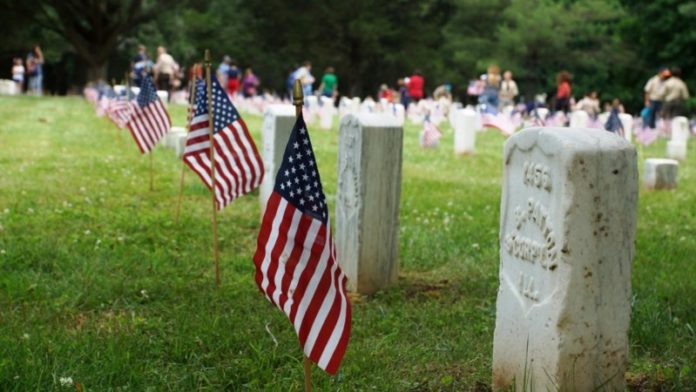
1563 North Thompson Lane|Murfreesboro, TN 37129
nps.gov
Stones River National Battlefield is the site of one of the largest and most important battles of the American Civil War. The people, places, and stories found at this site help us to understand more than only this moment in history. Visit Stones River National Park in Murfreesboro on Saturday, May 29, 2021 at 9:00 a.m. to view the placing of more than 7,000 American flags on graves in this national park. Make a reservation here to volunteer for flag placement. This is an incredible way to honor those who served and died fighting for what they believed.
Please join our FREE Newsletter


















